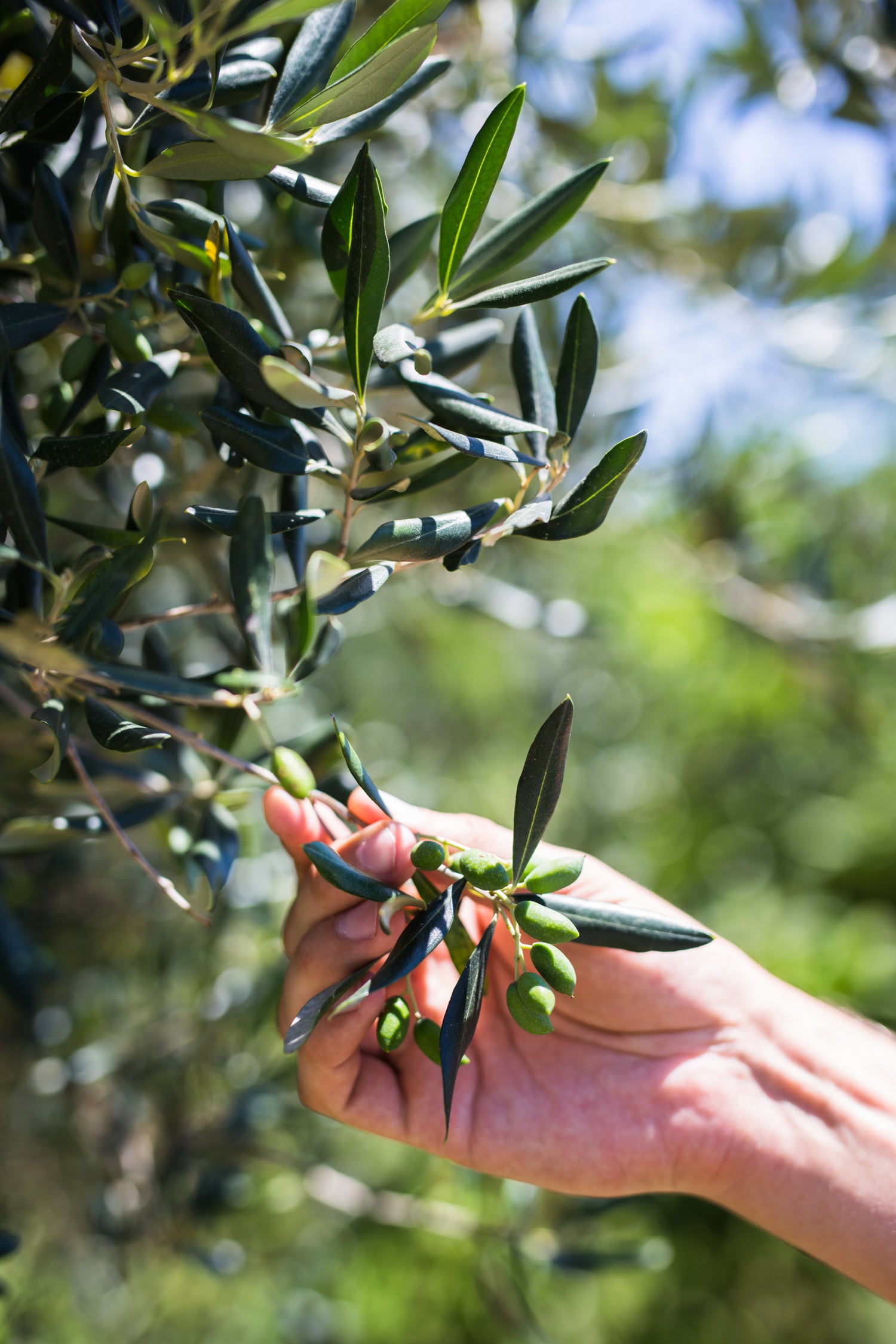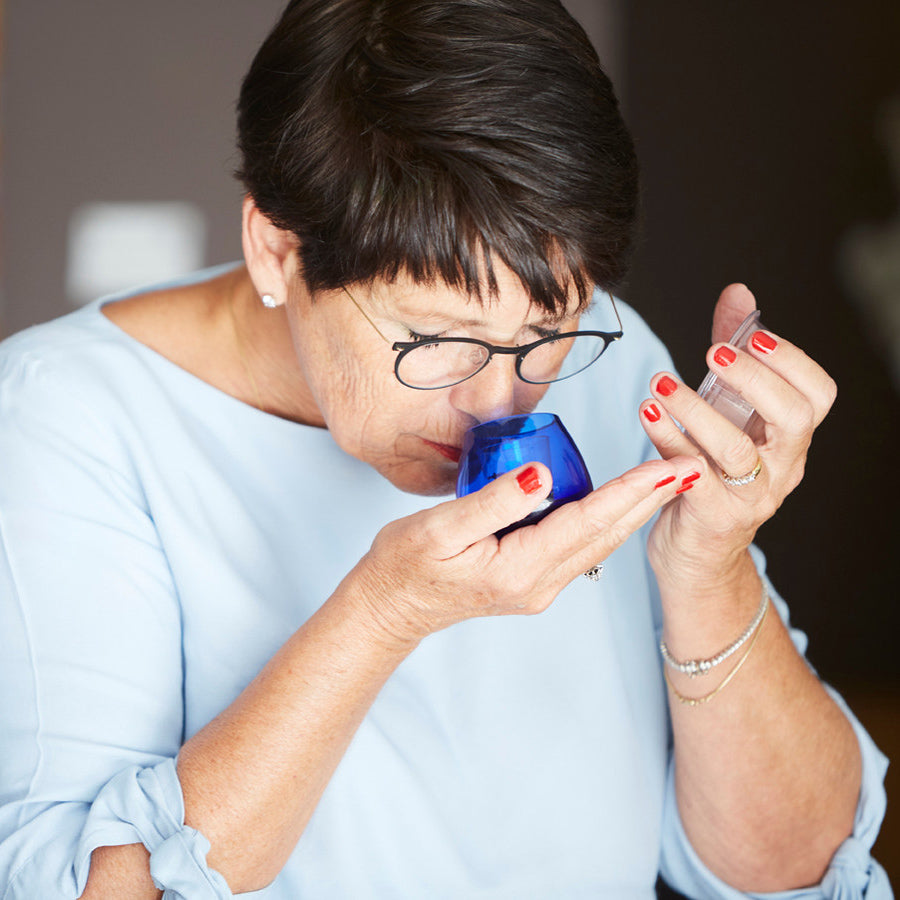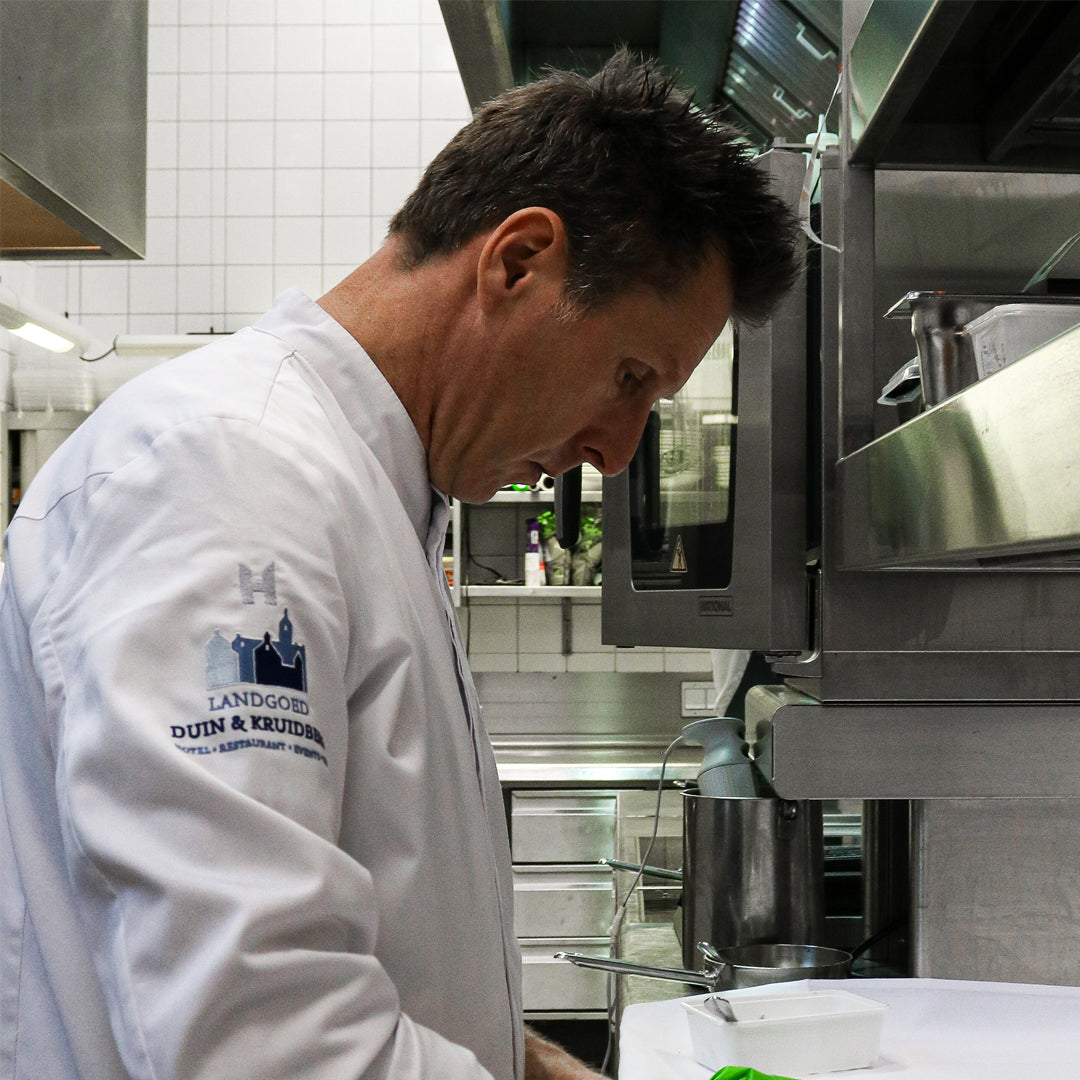The flavour of extra virgin olive oil (EVOO) is influenced by different variables: the variety of olives, climate, weather conditions, time of harvest and the extraction process. Once extracted, you are able to use olive oil in so many different ways. To maximize your EVOO experience, we would like to invite you to an in-depth look at the journey an olive takes - from our groves in the south of Greece to your home.

Harvest takes place during late fall and starts when the olives begin to ripen. This means we are ready to produce our delicious Greek extra virgin olive oil we are known for. It’s not just the ripeness of the olive that influences the oil. Other factors that influence our oil are the time of the harvest, temperature, weather conditions and whether there is a large olive fly presence or not. Depending on the weather throughout the year, the harvest will take place between October and November.
Olives mature over time from green to black and have various shades in-between. The colour tells us how ripe the olive is. This influences the flavour of the olive oil but also the yield per kg as well as the levels of antioxidants naturally present. Often olives are picked when they are dark purple or black and create an olive oil that has a lot of fruitiness, reminding you of fresh walnuts, butter or stone fruits. Greener olives result in a strong green fruit flavour and higher bitterness and pungency (due to high levels of phenolic acid). Farmers for Neolea ideally harvest green and slightly purple olives to achieve the right balance of fruitiness, bitterness and pungency - including the notes of freshly cut grass, green tea leaves and fresh herbs.

There are hundreds of olive varieties around the world, each having its unique character. To achieve our unique taste, Neolea uses the Koroneiki variety, which is mainly present in the south Peloponnese. What sets the Koroneiki olive apart is the unique method of farming. These olives are harvested when they are still green. They create an olive oil which is golden-green in colour and known for its fruity and fresh flavour.
Once the olives are harvested, they are delivered to the olive press. It is important that the olives do not rest too long in jute bags or crates before being processed. The oxidation process starts directly after they have left the tree which greatly influences the quality of our olive oil. When the olives arrive at the olive press, they are washed and most extraneous leaves and twigs are removed. Once the olives are clean, they go into a crusher that is creating a green paste.
In order to extract the olive oil and extract all naturally present flavours and aromas, the olive paste goes into a malaxation machine. The machine slowly warms and churns the mixture. You can compare this with a stand mixer in the kitchen. The smell of fresh olives is mouthwatering. You’ve probably heard of cold pressing which actually means, keeping temperatures below 27 degrees Celsius. Above that, we lose a lot of flavour and aroma and healthy nutrients can get damaged. Depending on outside temperature, slightly warming up the paste is necessary to extract the oil.
Although the world still calls them olive presses, modern extraction is actually done by centrifuging. Centrifuges separate the oil from the water and flesh of the olive, which is then removed and recycled. This method is called first cold extraction, solely by mechanical means. Once Neolea extra virgin olive oil is separated from water and flesh, it is transferred to stainless steel tanks to make natural filtration possible. This protects the olive oil from UV light, oxygen and temperature changes. During this period, small particles that were created during the extraction, sink to the bottom and are then removed. These particles are separated from the oil as they can cause anaerobic fermentation which leads to an aroma defect. It is known as muddy sediment and smells unpleasantly. Although unfiltered olive oil seems to be a trend, there are no nutritional benefits. The unfiltered particles actually form a threat to the shelf-life of the olive oil. When producers filter their olive oil before bottling, they lose a small percentage in weight. Therefore, not filtering their olive oil serves only as a financial benefit for the producer and does not add any benefit for the consumer.

When the oil is filtered it is bottled and ready for delivery. Neolea extra virgin olive oil is labelled with the best-before date which is maximum 1,5 years from harvest. This is regulated by EU law. However, at Neolea we consider the lifespan of EVOO to be one year. This marks the beginning of the fresh harvest. Once the oil is extracted, oxidation begins. That's why Neolea decided to use a specific production technique that leads to high levels of phenolic acid. In addition, we made sure our bottle is UV resistant. Therefore each bottle is white, which makes it possible for you to enjoy fresh and tasteful EVOO as long as possible.
We only bottle Neolea after we receive an order from one of our partners worldwide. This ensures as well that Neolea reaches you as fresh as possible. That's the end of the olives journey, but means the start of a unique taste sensation for you.











Leave a comment
This site is protected by hCaptcha and the hCaptcha Privacy Policy and Terms of Service apply.